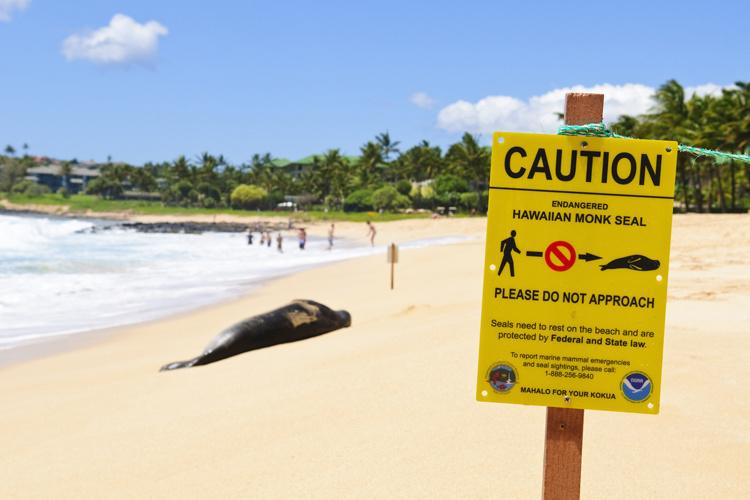New EU legislation will oblige non-EU citizens to present a permit to access European territory covered by the Schengen Area. The rules, announced on August 3, also apply to non-EU citizens who are exempt from visas to enter EU territory.
1. ETIAS authorisation for 7€
The European Commission announced the rules of the future European Travel Information and Authorisation System (ETIAS) on August 3. As soon as the rules apply, non-EU citizens travelling to the Schengen Area, including those who are exempt from the visa requirement, will be required to register and obtain an authorisation before travelling. ETIAS will be compulsory for all 18-70-year-olds. The authorisation, part of an online application, will cost 7 euros and will be a one-off fee. Yet, it will be valid for 3 years and for multiple entries. The Commission expects ETIAS to initiate operations by the end of 2022.
2. ETIAS’ design
ETIAS will be a largely automated IT system, interoperable with other EU information platforms. It has been developed to identify security, irregular migration or high epidemic risks posed by visa-exempt visitors travelling to the Schengen States. The Commission expects the new legislation will also facilitate crossing borders for the vast majority of travellers who do not pose such risks entering the EU. The European Agency for the operational management of large-scale IT systems in the area of freedom, security and justice (eu-LISA) is responsible for developing the system.
🛂New rules on the European Travel Information and Authorisation System (ETIAS), which will become operational in 2022, enter into force today.
— European Commission 🇪🇺 (@EU_Commission) August 3, 2021
Once operational, non-EU citizens traveling to the Schengen area – visa-free – will have to obtain an authorisation before traveling.
2. Screening travellers
The system will cross-check travellers against EU information systems for internal security, borders and migration. Travellers will be checked before their trip, and the system is expected to help identifying ahead of time people who may pose a risk to security or health, as well as compliance with migration rules. The new rules detail how ETIAS will work with other EU information systems. Concretely, it will query when conducting checks — namely the Entry/Exit System, the Visa Information System, the Schengen Information System and a centralised system for the identification of EU countries holding conviction information on non-EU nationals.
3. External border management
The set-up of ETIAS delivers towards the EU’s ambitions to put in place a “state-of-the-art external border management system” and ensuring that information systems are efficient working together in “an intelligent and targeted way”. ETIAS will not change which non-EU countries are subject to a visa requirement and will also not introduce a new visa requirement for nationals of countries that are visa-exempt.













